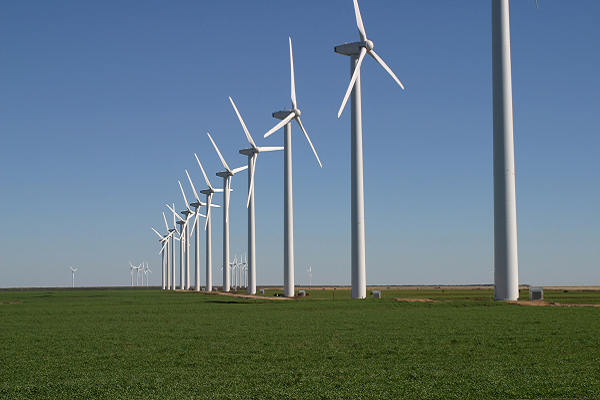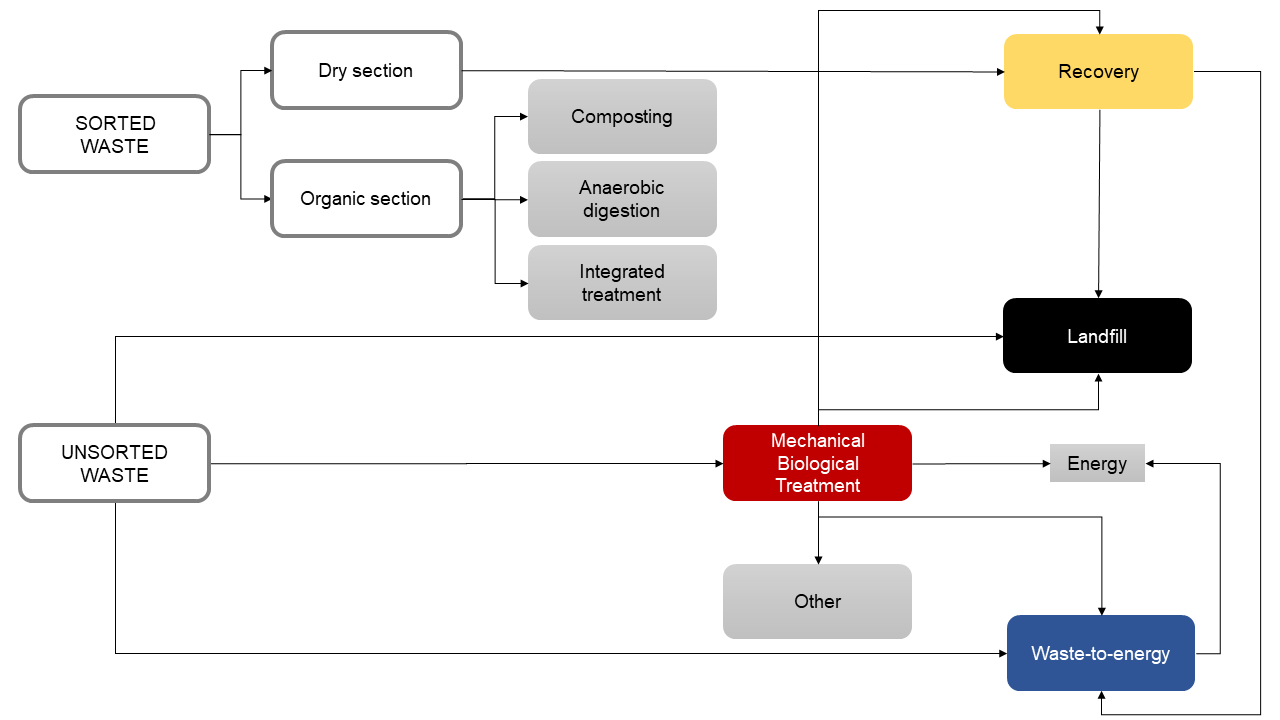Giacomo Di Foggia and Ugo Arrigo
Introduction
The current global context is forcing a paradigm shift in the energy sector, where the transition toward a more sustainable energy generation mix has become imperative (Gao and Chen, 2023) for both environmental and economic reasons. In the face of necessary climate change mitigation policies, sound strategies to decarbonize the energy sector (Hassan et al., 2022) are needed. However, severe concerns persist (Hassan et al., 2022) due to potential costs. Although the overall investment needs in the energy sector are remarkable, the additional investment required to make the transition is deemed sustainable (Gielen et al., 2019). Sustainable development goals for renewable energy (RE) are strongly felt globally (Li et al., 2023), as evidenced by the United Nations’ commitment under Agenda 2030; Colocci et al. (2023).
Emission reduction targets are challenging; for example, the European Commission established legally binding targets to reach a 55% reduction in greenhouse gas emissions by 2030 (Pastore et al., 2022) to achieve climate neutrality by 2050. The European Commission has set ambitious RE targets published in the so-called National Energy and Climate Plans (NECPs) for 2030. However, there is considerable endogenous variation in countries’ strategies for meeting their decarbonization targets (Maris and Flouros, 2021). Previous literature has focused on how to assess the impact of policies on national energy and climate plans, and the impact has been described through measures of effectiveness and stages of development to assess the impact of energy policies (Balode et al., 2021). Similarly, another study aimed to analyze the extent to which the NECP works in synergy with climate policies formulated in other documents to assess potential overlaps (Aboltins and Jaunzems, 2021). Other studies have delved into the technological advances that push nations closer to their goals. In addition, socioeconomic factors and their interaction with national energy policies have been critical in shaping the transition (De Paoli and Geoffron, 2019). The path toward these targets is not uniform among the European countries (Veum and Bauknecht, 2019), as several underlying geographic, infrastructural, economic, and social factors dictate the pace and direction of their commitment.
This study explores the drivers and challenges influencing the progress of European countries toward the 2030 targets set out in their NECPs. Through specific research questions (RQs), the aim is to explore the dynamics that contribute to existing performance gaps, the efficiency of the growth trajectory, and potential outcomes by 2030.
The first RQ explores the impact of various identified factors on a country’s ability to meet the 2030 targets outlined in the NECP. The second RQ assesses the performance of countries in achieving these targets under a business-as-usual (BaU) scenario projected for 2030. Finally, the third RQ aims to forecast the potential collective gains if all countries adopt the best-performing strategies to pursue the targets.
By answering such RQs, the main objectives are as follows: to understand the role of the identified factors in the gap in achieving the 2030 targets set by the NECP, to assess country performance, and to identify countries that may need additional policies to support RE development, and to estimate the positive outcomes achievable by emulating the best-performing countries. A mixed methods research approach explicitly aims to offer a framework for combining methods (Timans et al., 2019) is applied, as we combine empirical analysis with simulation and forecasting techniques. The findings indicate that, although certain countries are on course and surpassing targets, others are hindered by infrastructural, economic, or political obstacles. Notably, aspects like the density of the electricity grid and the historical share of renewable energy (RE) in electricity generation stand out as significant drivers of the transition. The findings indicate that by implementing the right policies and strategies, it is possible to decrease the distance to the target by 1.65%. Through this study, we shed light on the multiple determinants of RE to inform policies, investments, and strategies to accelerate the transition toward a cleaner energy system. By understanding the nuances of the differences between countries, we highlight the importance of tailor-made support schemes.
The policy implications are straightforward, as highlighting the drivers and challenges of multiple countries can be a valuable aid in creating roadmaps to refine public policies. Such insights can improve the effectiveness of initiatives and facilitate a coherent and synergistic approach to achieving the 2030 targets. The remainder of this article is organized as follows: After the introduction, we present a detailed background that captures the essence of previous studies related to NECP assessments. The next section explains the research methodology, followed by the results, discussion, and concluding remarks.





